Manaslu Trek in August – Embarking on a trek in the Himalayas is a dream for many adventure enthusiasts. The Manaslu Trek in Nepal offers an incredible opportunity to experience the breathtaking beauty of the region. Situated in the Mansiri Himal range, the Manaslu region provides trekkers with a diverse range of highlights. It has majestic mountains picturesque villages and stunning landscapes.
In this blog post, we will explore the Manaslu Trek in August, covering various aspects such as highlights, weather, flora, fauna, surroundings, gear, crowd, festivals, transportation options, side treks, and difficulty.
Highlights of Manaslu Trek in August
Rich Cultural Heritage:
The Manaslu region is home to several ethnic communities such as the Gurungs, Tamangs, and Sherpas. During the trek, you can immerse yourself in their unique cultures.
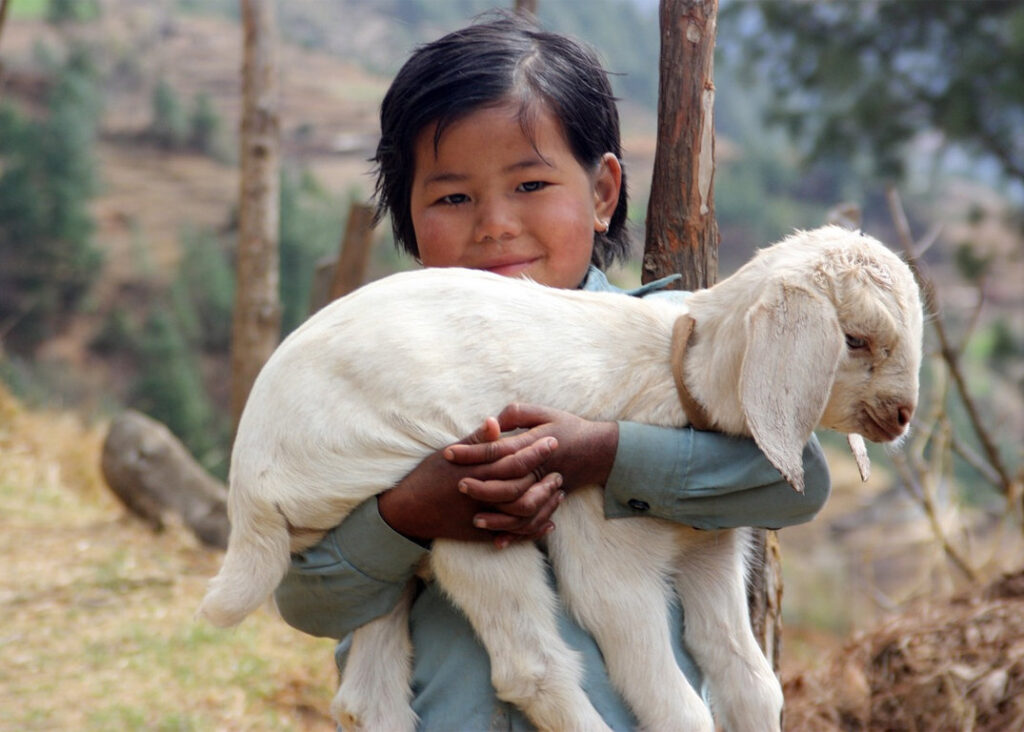
Witness traditional practices, and visit monasteries and gompas along the trail.
Mesmerizing Landscapes
The trail takes you through a diverse range of landscapes. Including lush green valleys, terraced fields, rhododendron forests, and high-altitude barren terrains.
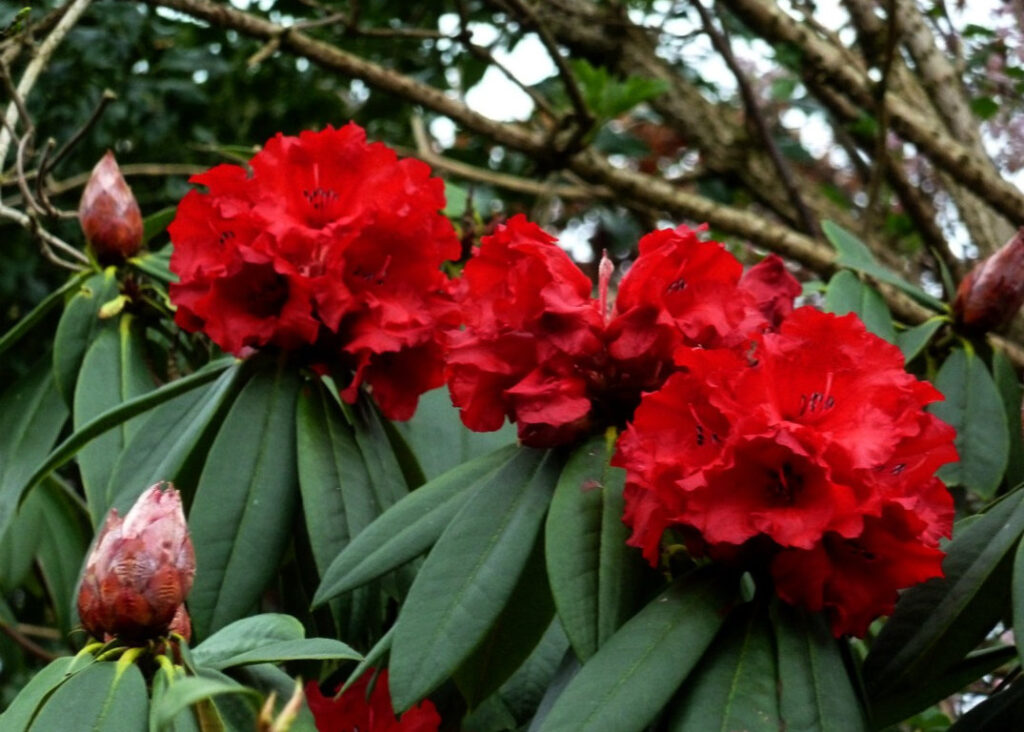
The contrast in scenery is awe-inspiring and provides ample opportunities for photography.
Towering Peaks
The Manaslu region boasts an awe-inspiring display of towering peaks. The focal point of the trek is Mt. Manaslu itself, standing tall at 8,163 meters (26,781 feet). As you trek along the trail, you’ll witness the grandeur of this majestic mountain.

Along with other breathtaking peaks like Himalchuli, Ngadi Chuli, and Ganesh Himal. The panoramic vistas of these snow-capped giants create a truly mesmerizing backdrop throughout the journey.
Unique Cultural Encounters
The Manaslu region is home to a diverse array of ethnic communities, each with its own rich cultural heritage. During the trek, you’ll have the opportunity to interact with the local Gurung, Tamang, and Sherpa communities.
These warm and hospitable people will welcome you into their villages. Offering insights into their daily lives, traditional practices, and warm hospitality. You can visit ancient monasteries and gompas, witness Buddhist rituals, and take part in spiritual experiences.
Crossing the Larkya La Pass
One of the most exhilarating moments of the Manaslu Trek is crossing the Larkya La Pass. Standing at an altitude of 5,160 meters (16,930 feet), this challenging mountain pass offers breathtaking views and a sense of achievement. As you navigate the steep ascent and descent, you’ll be rewarded with panoramic vistas of the surrounding peaks and the glaciated terrain. The Larkya La Pass is a true highlight and a testament to your physical and mental strength.
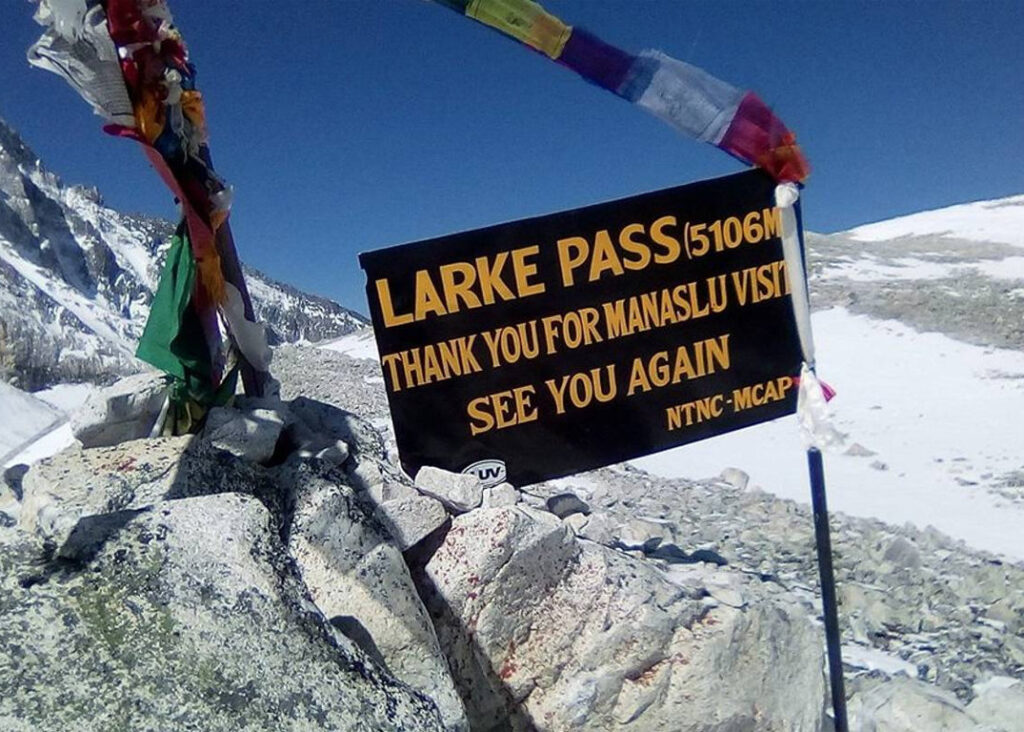
The Manaslu Trek in August combines the beauty of nature, the richness of cultural heritage, and the sense of adventure. It provides a unique and off-the-beaten-path experience for those seeking a trekking adventure in Nepal. From the majestic peaks to the warm hospitality of the local communities, every step of the journey will leave you in awe and create memories that will last a lifetime.
Weather at Manaslu Trek in August
August falls during the monsoon season in Nepal, and while this period brings rain and clouds, it also offers its own charm to the Manaslu Trek. The weather of Manaslu Trek in August can be unpredictable, with intermittent rainfall and misty conditions. However, the showers often add a mystical ambiance to the surroundings, creating a unique and enchanting trekking experience.
Also Read: Manaslu Trek in July: Weather, Difficulty, Travel Tips, and More
Rainfall
August is considered one of the wettest months in Nepal, and the Manaslu region is no exception. Expect frequent rainfall, which can range from light showers to heavy downpours. The rainfall contributes to the lush greenery and blooming flora along the trail, creating a vibrant and picturesque environment. However, it’s crucial to be prepared for wet and slippery trail conditions, especially in the lower sections.
Cloudy Conditions
The monsoon season brings a fair amount of cloud cover to the region, which can occasionally obscure the stunning mountain views. During Manaslu Trek in August, it’s common to have cloudy mornings, with the clouds gradually clearing up as the day progresses.
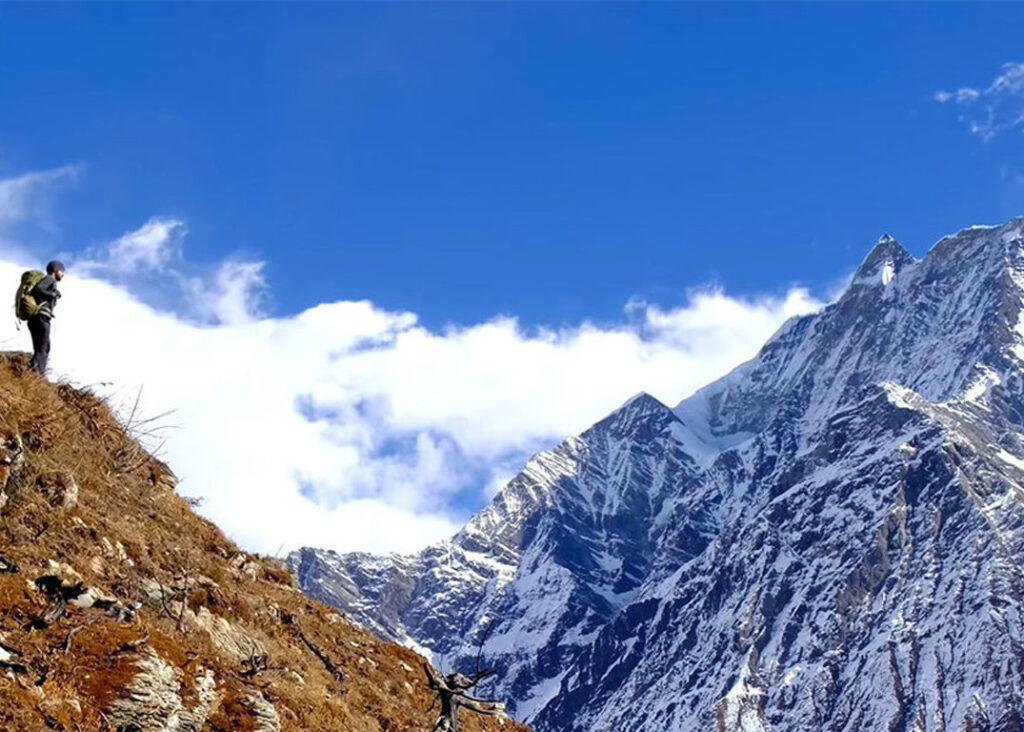
Patience is key during these moments, as the weather can change quickly, revealing breathtaking vistas of the surrounding peaks. The mist and clouds that linger in the valleys and around the mountains add a mystical and ethereal charm to the landscape.
Temperature
August is a relatively warm month in the Manaslu region, with average daytime temperatures ranging between 15°C to 25°C (59°F to 77°F) in the lower elevations. However, as you ascend to higher altitudes, the temperatures drop significantly during Manaslu Trek in August.
At the highest point of the trek, the Larkya La Pass, temperatures can dip below freezing, especially in the early morning and evening. It’s important to pack appropriate clothing layers to handle both warm and cold conditions.
Leeches
One aspect to be mindful of during the monsoon season is the presence of leeches in the lower sections of the trek. The rain and humidity create favorable conditions for these small blood-sucking creatures. Wearing long pants using leech socks, applying insect repellent, and checking your body regularly can help prevent leech bites.
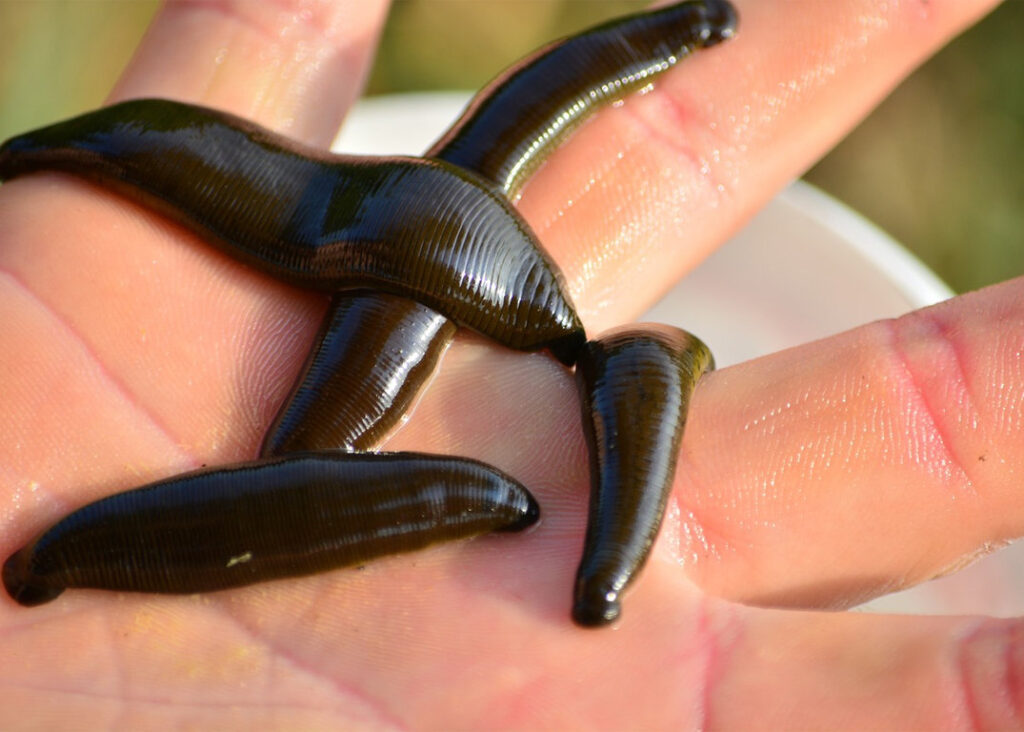
While the weather in August brings its own set of challenges, it also adds a unique and enchanting atmosphere to the Manaslu Trek. The lush greenery, misty landscapes, and occasional breaks in the weather that reveal stunning mountain views make for a memorable and adventurous trekking experience.
Also Check: Mardi Himal Trek in April: Temperature, Difficulty, Travel Tips, and More
Proper rain gear, waterproof backpacks, and sturdy footwear are essential to stay comfortable and protected from the elements. It’s advisable to stay informed about the weather conditions and be flexible with your itinerary to adjust to any unexpected changes.
Flora and Fauna found at Manaslu Trek in August
The Manaslu region is blessed with rich biodiversity. As you trek through the lower elevations, you’ll encounter dense forests of rhododendron, bamboo, pine, and oak trees. These lush forests are home to a variety of wildlife, including Himalayan black bears, red pandas, musk deer, and various bird species.
Keep an eye out for the elusive snow leopard, which inhabits the higher reaches of the region.
Flora
The Manaslu region boasts a rich and diverse range of flora, which varies as you ascend through different elevations along the trek.
Lower Elevations
In the lower sections of the trek, especially in the valleys and lower hills, you’ll encounter lush vegetation and dense forests. The forests are primarily composed of rhododendron, oak, maple, pine, and bamboo trees.
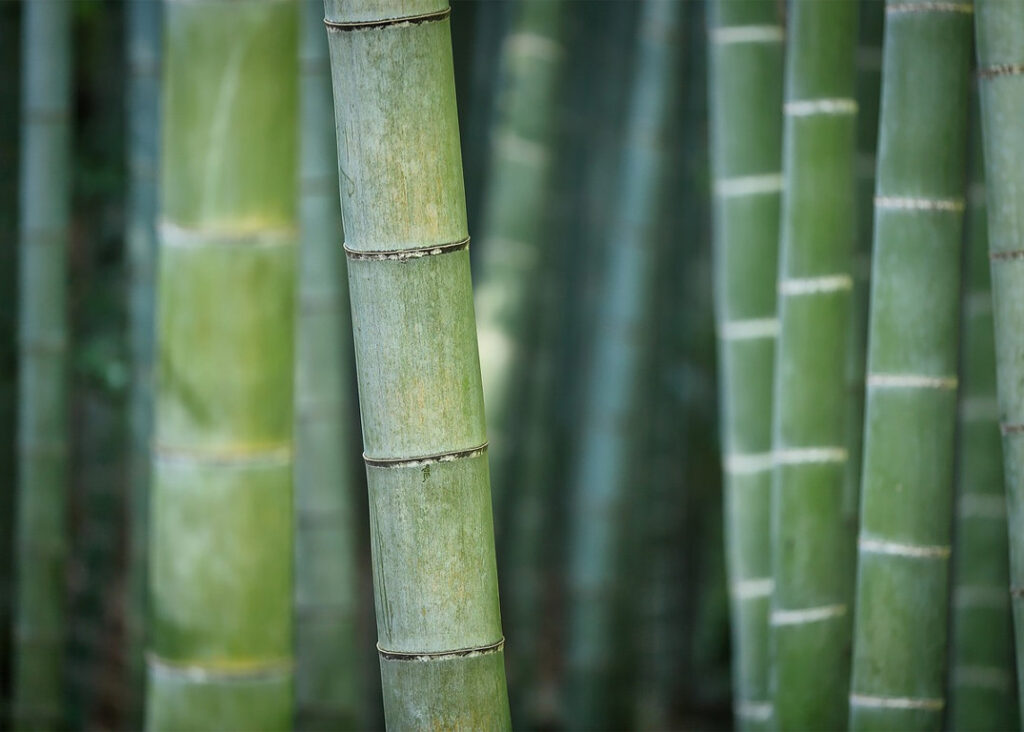
These vibrant forests provide shade and shelter, creating a cool and refreshing ambiance. In August, the monsoon rains contribute to the blooming of various species of rhododendrons, adding a burst of color to the surroundings.
Mid-Elevations
As you ascend to mid-elevations, the forests gradually transition to a mix of coniferous and deciduous trees. The rhododendron forests continue to be a prominent feature, showcasing their magnificent blooms in shades of red, pink, and white.

You may also come across magnolia, birch, juniper, and cedar trees. The forests are teeming with mosses, ferns, and various groundcover plants, creating a lush and verdant landscape.
Higher Elevations
As you reach higher altitudes, the vegetation becomes sparser due to the harsher conditions. The tree line diminishes, giving way to alpine grasslands and shrubs.

You’ll come across hardy plant species such as dwarf rhododendrons, juniper bushes, and alpine wildflowers. These resilient plants manage to thrive even in the harsh alpine environment, providing bursts of color amidst the rocky terrain.
Fauna
The Manaslu region is home to a diverse array of wildlife, thanks to its varied ecosystems and protected areas. Keep an eye out for the following fauna during your trek:
Mammals
The region is inhabited by various mammal species, including Himalayan black bears, snow leopards, red pandas, musk deer, Himalayan tahr (wild goat), and langur monkeys.
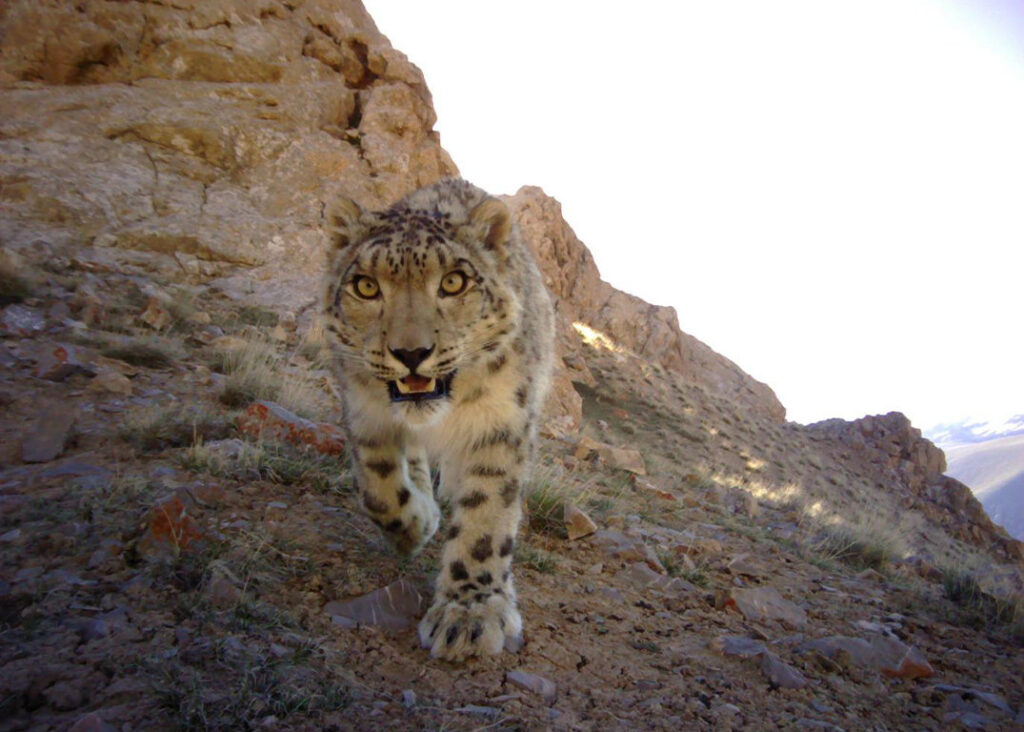
While some of these animals are elusive and rarely seen, the signs of their presence, such as footprints and droppings, can be spotted along the trail.
Birds
The Manaslu region is a haven for birdwatchers, with over 200 bird species recorded in the area. You may spot colorful birds such as the Himalayan monal, Tibetan snowcock, kalij pheasant, golden eagle, and various species of thrushes, warblers, and finches.
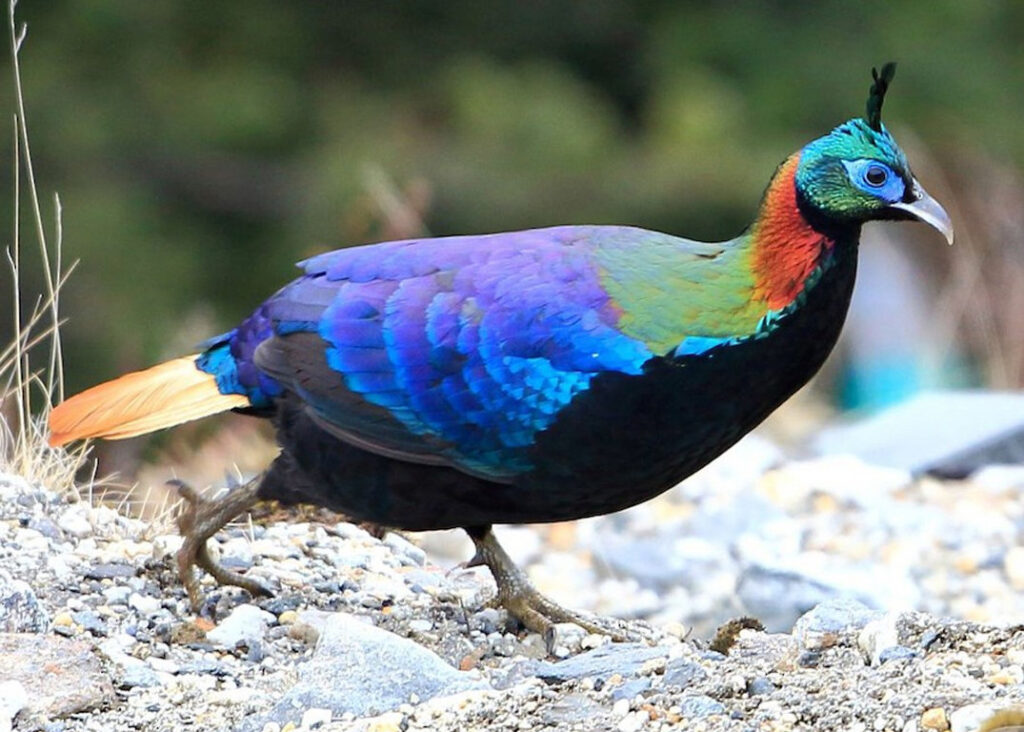
The forests and alpine meadows provide excellent opportunities for birdwatching and capturing their graceful flights.
Reptiles and Amphibians
Though not as frequently encountered, the Manaslu region is also home to reptiles and amphibians. You may come across species such as the Himalayan pit viper, Himalayan keelback snake, and various types of frogs and toads.
The Manaslu Trek offers a wonderful opportunity to appreciate the diverse flora and fauna of the Himalayas. The chance to witness the vibrant blooms of rhododendrons, spot elusive mammals and hear the melodious songs of birds enhances the trekking experience, adding to the awe-inspiring beauty of the natural surroundings.
Surroundings
The Manaslu Trek takes you through remote and unspoiled areas, offering a sense of solitude and tranquility. You’ll pass through quaint villages, terraced fields, and suspension bridges, providing glimpses into the traditional way of life in the Himalayas.

The trail also traverses the mesmerizing Budhi Gandaki River and showcases the striking contrast between the steep cliffs and deep gorges.
Crowd
Compared to popular treks like the Everest Base Camp or Annapurna Circuit, the Manaslu Trek receives fewer crowds. However, August is still considered the peak trekking season in this region, so you can expect to encounter other trekkers along the trail. It’s advisable to book accommodations in advance to ensure availability.
Festivals
August is an auspicious month in Nepal as it marks the celebration of the Hindu festivals of Janai Purnima and Gai Jatra. If your trek coincides with these festivals, you’ll have the chance to witness the vibrant cultural celebrations and experience the local traditions firsthand.

Janai Purnima is a festival where Hindu men change their sacred thread (Janai) while Gai Jatra is a festival that commemorates the departed souls where families parade through the streets dressed in cow costumes, symbolizing the journey to the afterlife.
Transportation from Manaslu to Kathmandu
Upon completing the Manaslu Trek, there are a few transportation options to get back to Kathmandu. The most common method is to retrace your steps and trek back to the starting point at Soti Khola. From there, you can arrange a local jeep or bus to drive you back to Kathmandu. The journey takes approximately 7-8 hours, offering scenic views of the countryside along the way.

Alternatively, you can also opt for a private jeep or hire a local jeep from Soti Khola to reach the nearest town, Arughat, and then take a local bus or private vehicle from Arughat to Kathmandu. This route offers a more comfortable and faster journey back to the capital city.
Side Treks
If you have extra time and energy, there are a few side treks you can explore in the Manaslu region. One popular option is the Tsum Valley Trek, known for its unique cultural heritage and stunning landscapes. The Tsum Valley is a hidden gem that takes you through remote villages, ancient monasteries, and lush valleys.
Another option is to hike up to Manaslu Base Camp, which offers a close-up view of the majestic mountain. This extension requires additional time and permits, but the reward is a spectacular view of Mt. Manaslu and its surrounding peaks.
Difficulty
The Manaslu Trek is considered a challenging trek, suitable for experienced trekkers. The trail involves steep ascents and descents, high-altitude sections, and remote areas with limited facilities.
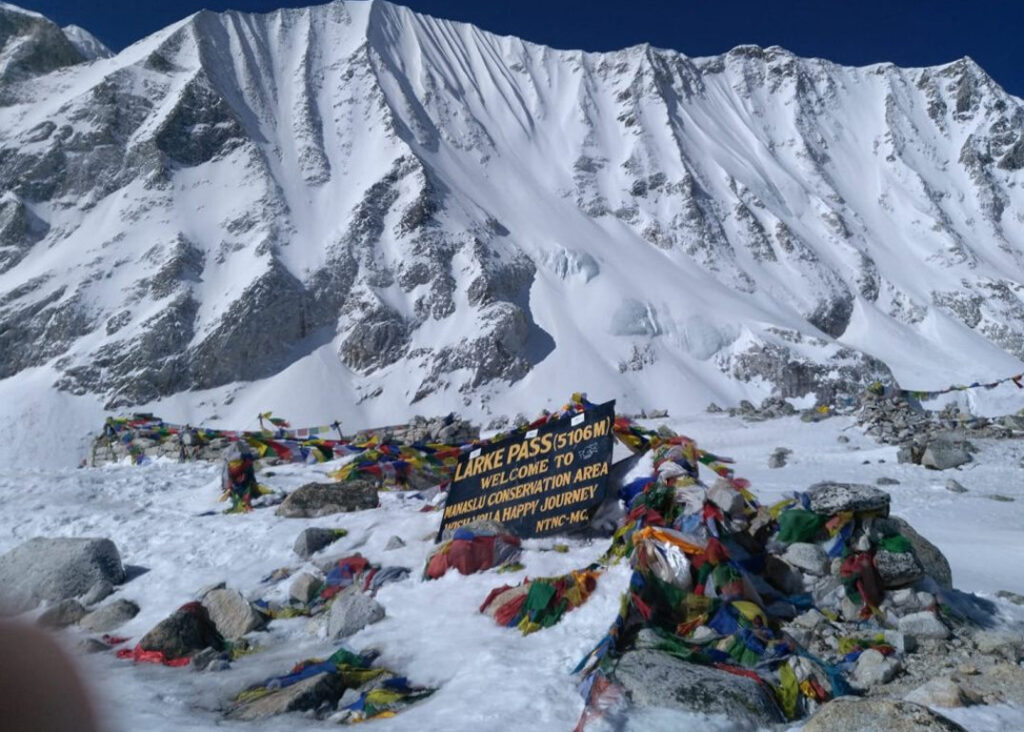
The highest point on the trek is the Larkya La Pass, which stands at an elevation of 5,160 meters (16,930 feet). Acclimatization and physical fitness are crucial to ensure a safe and enjoyable trekking experience.







